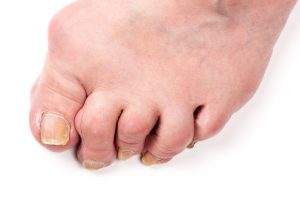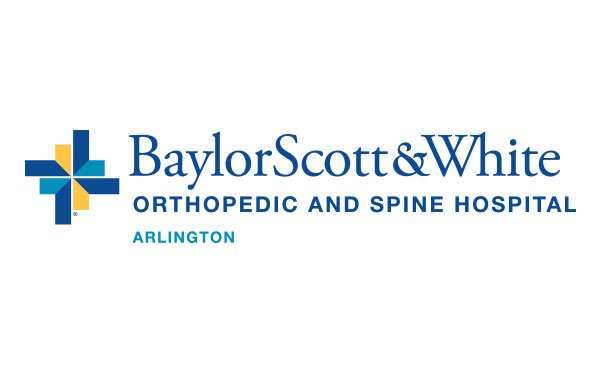Hammertoe correction
What does it mean to have a hammer toe?
 A toe deformity causing the toe to bend downward rather than straight, hammer toe typically affects the second toe. Do not confuse hammer toe with bunions. Hammer toe primarily develops over time rather than from genetics. The most common causes of hammer toe include:
A toe deformity causing the toe to bend downward rather than straight, hammer toe typically affects the second toe. Do not confuse hammer toe with bunions. Hammer toe primarily develops over time rather than from genetics. The most common causes of hammer toe include:
- Arthritis
- Wearing ill-fitting shoes
- Traumatic toe injury
How to correct Hammertoe
Multiple options exist for correcting a hammer toe deformity. Foot and ankle orthopedic specialists may opt for conservative treatment or surgical treatment depending on the type, toe, and severity of the hammer toe deformity. With surgical intervention for hammer toe correction, multiple methods exist.
Methods of correction of hammer toe deformity include the following:
- Orthotic shoe inserts
- Trimming corns and calluses
- Splints
- Wearing proper fitting shoes
- Steroid injections
- Surgical intervention
Hammer toe correction with surgery
The surgical approach depends on whether or not the surgeon can freely move the affected toe. If the surgeon can move the toe to a straightened position, the surgeon refers to it using the term flexible hammer toe. For flexible hammer toe, surgeons often perform a tendon transfer in order to lengthen the ligaments and tendons causing the toe to bend downward. To perform a tendon transfer for hammer toe correction, the foot and ankle surgeon takes a tendon from the bottom of the toe and moves it to the top of the toe. This type of hammer toe correction prevents the tendon from pulling the toe downward. The new position of the tendon provides additional support to hold the toe up straight.
If the hammer toe does not move freely and remains in a fixed position, foot and ankle specialists refer to it using the term fixed or stiff hammer toe. In a fixed hammer toe, a tendon transfer does not adequately fix the hammer toe and the surgeon must perform an additional procedure. For fixed hammer toe, the surgeon must also remove some of the bones in order to straighten the toe. Once the surgeon removes the bone, the surgeon either uses pins to hold the toe straight into place or performs a fusion on the joint of the big toe.
To view a list of all insurances that AOA Orthopedic Specialists accept, click HERE. To schedule an appointment online, click HERE.


